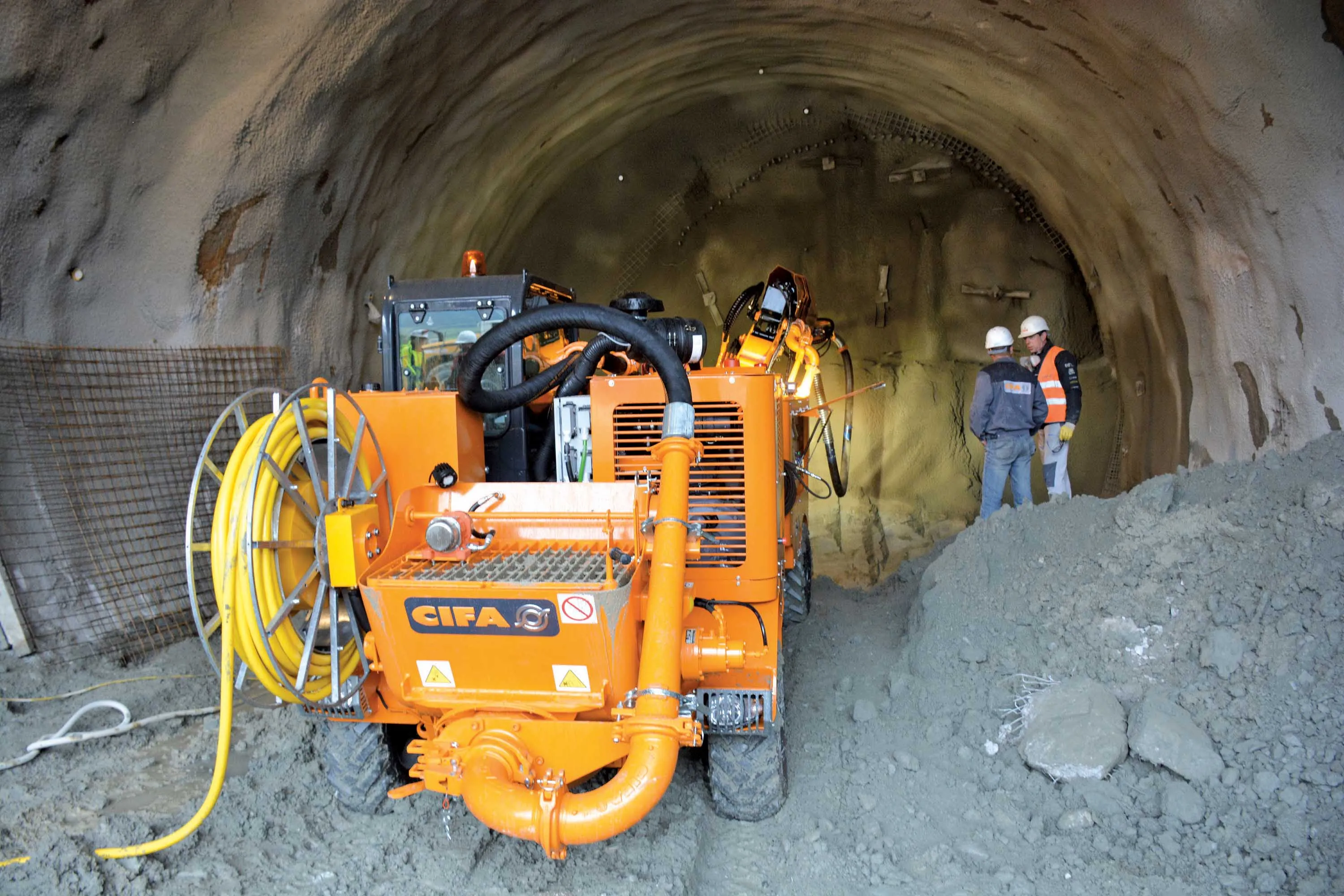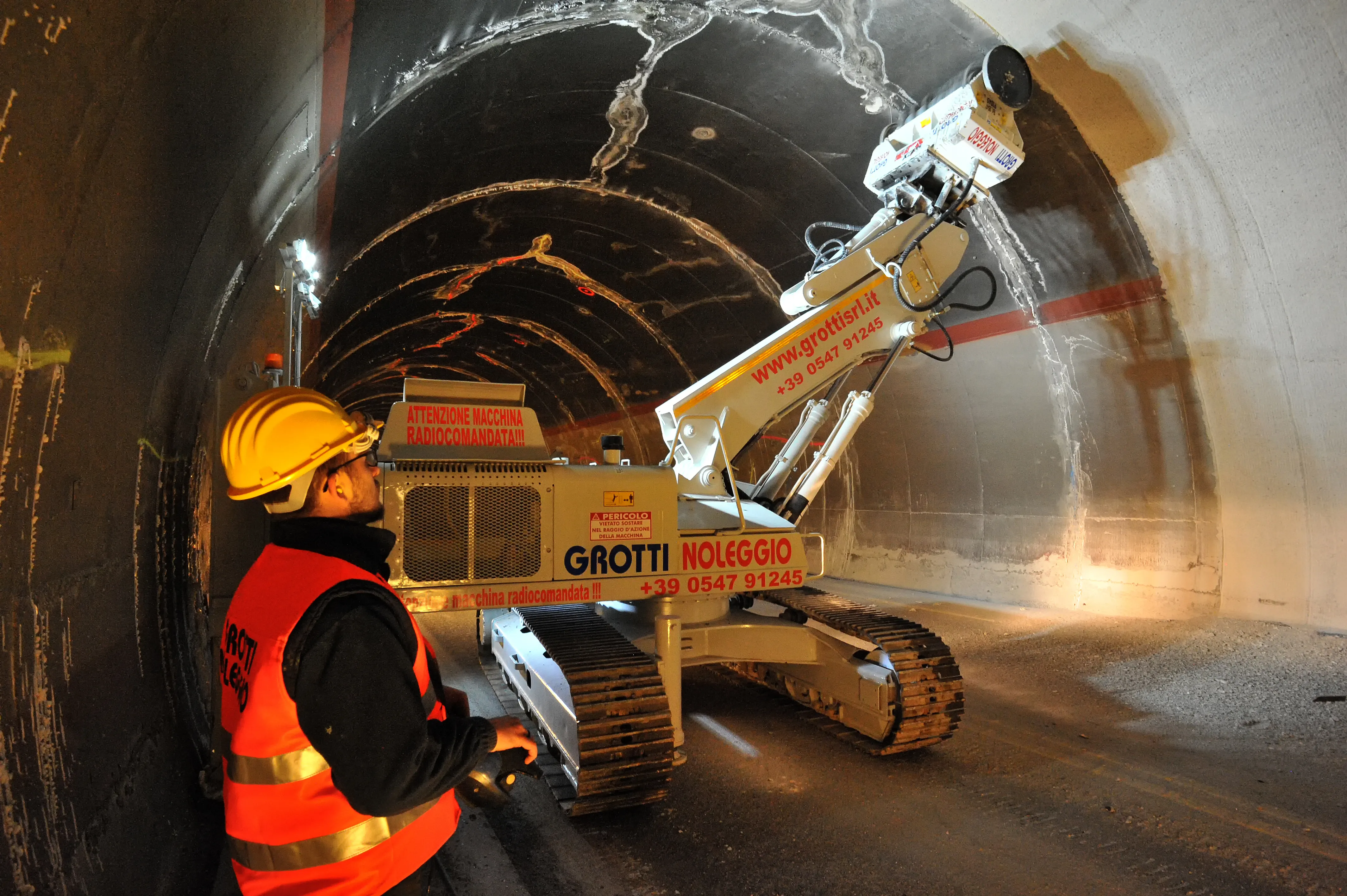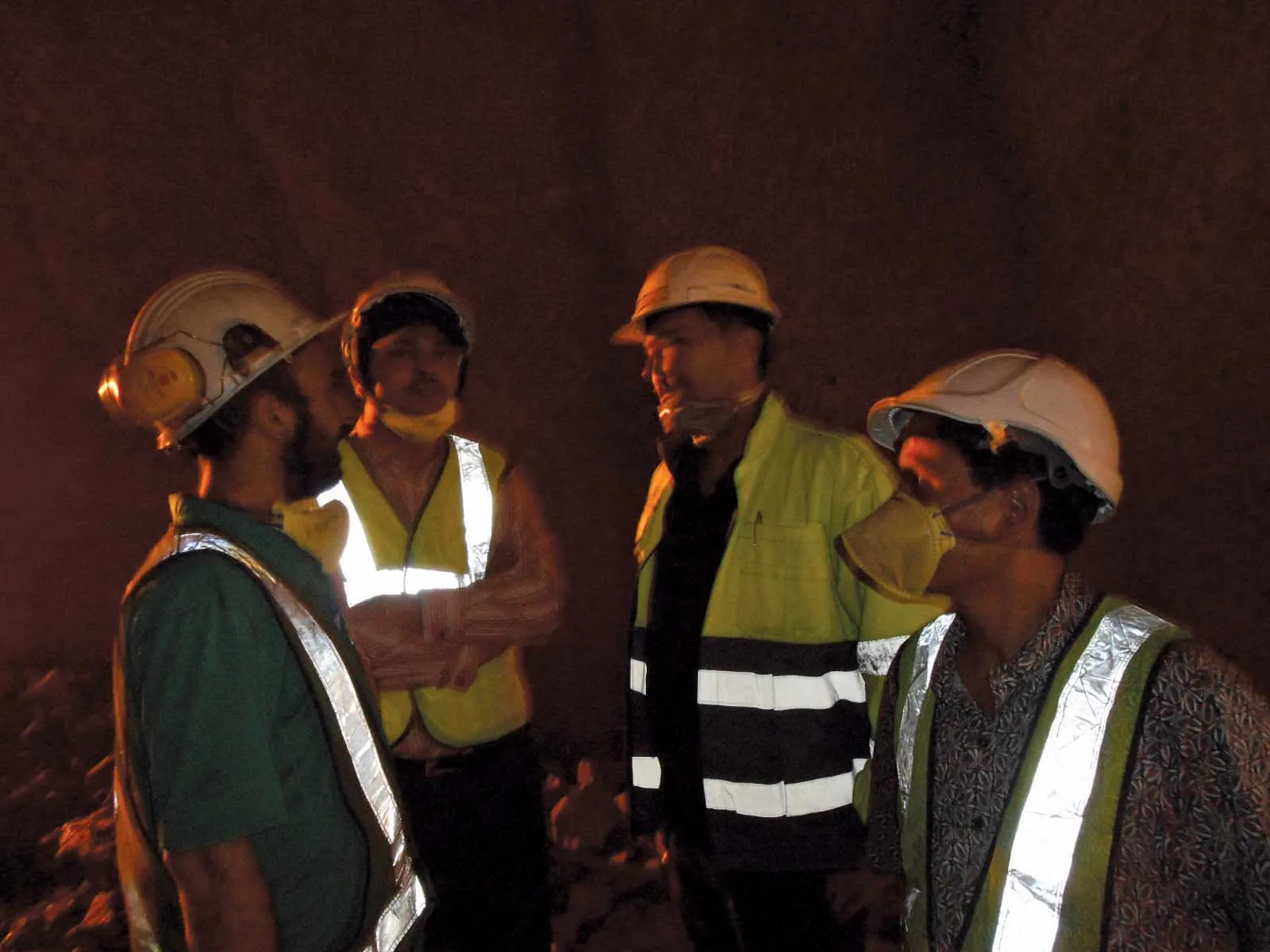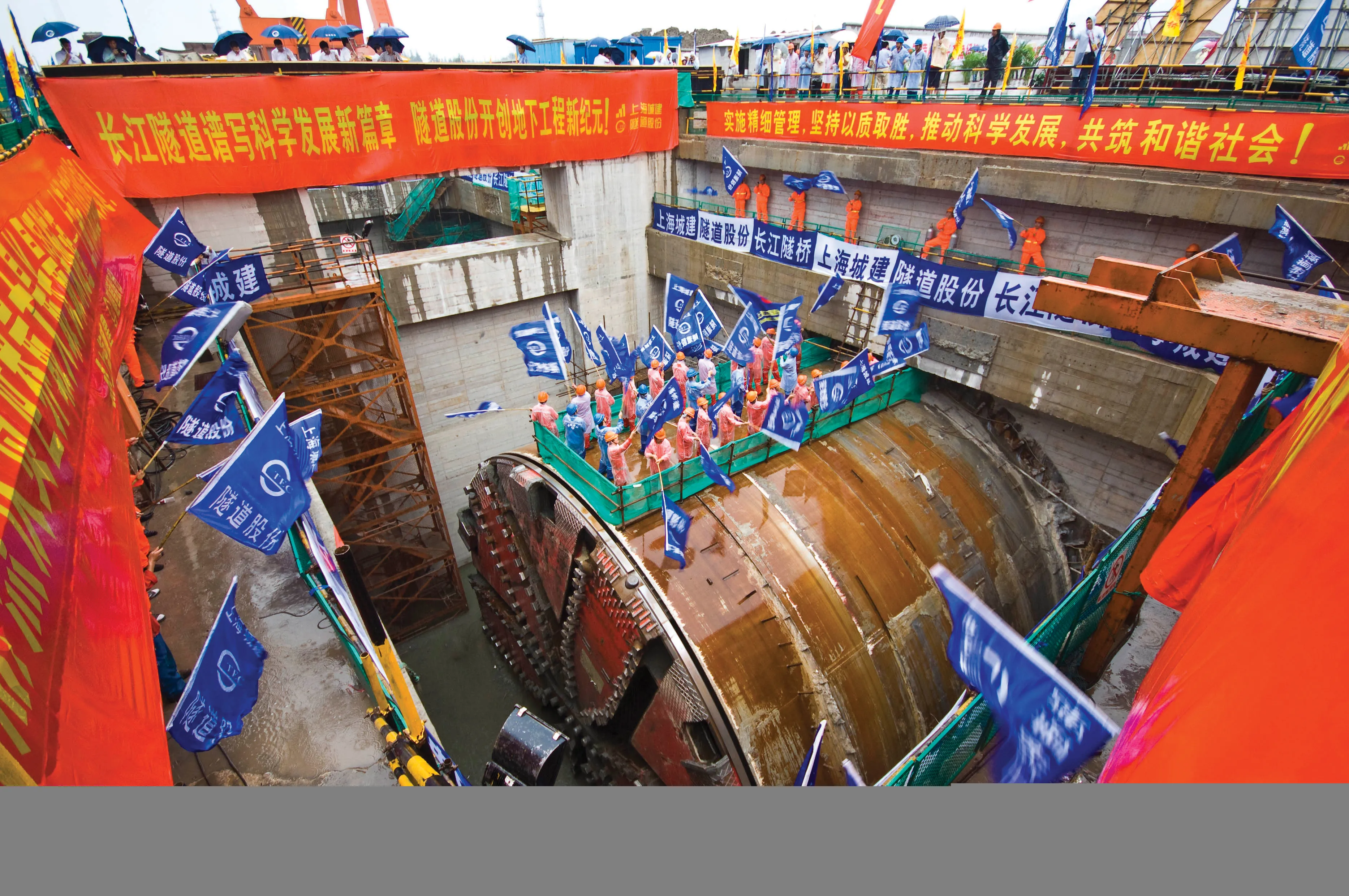The Brenner Base Tunnel is a key transport link and the use of the latest technology for support works has been played an important role.
Work on the tubes of the Brenner Base Tunnel, one of the largest underground infrastructure projects underway at present, is seeing the use of sophisticated equipment.
Excavation of the new Tulfes-Pfons section commenced in the third quarter of 2014 and the route will form part of the TEN Axis connection between Helsinki to Valletta. The new section, worth around €
May 11, 2015
Read time: 3 mins

The Brenner Base Tunnel is a key transport link and the use of the latest technology for support works has been played an important role.
Work on the tubes of the Brenner Base Tunnel, one of the largest underground infrastructure projects underway at present, is seeing the use of sophisticated equipment.
Excavation of the new Tulfes-Pfons section commenced in the third quarter of 2014 and the route will form part of the TEN Axis connection between Helsinki to Valletta. The new section, worth around €380 million, was awarded to a consortium comprising945 Strabag and Salini-Impregilo, with the former holding the 51% majority share in the enterprise.
One part of the work for the Tulfes-Pfons section is for the construction of a rescue tunnel featuring a 30-40m2 cross section and a total length of 9km. This is in addition to the work needed for the interconnecting tunnels, the Innsbruck emergency stop and the Ahrental-Pfons exploratory tunnel. The exploratory tunnel is being excavated using conventional methods and on three fronts at the same time: from Tulfes going westward and from the Ampass access tunnel, both westward and eastward. This work is due for completion during the summer of 2017.
The work is challenging though as the ground is highly fragmented, which requires a layer sprayed onto welded reinforcement. A number of Spritz Beton machines from2203 CIFA are carrying out this work, which involves providing support both for the upper and lower portions of the tunnel profile.
The consortium’s technical team selected five of the latest Spritz Beton machines from CIFA to carry out the shotcreting work, three CST 8.20 units and two CSS3 models.
The CST 8.20 is designed for use in tunnels up to 10m high and is well-suited for use in smaller profiles as it is compact in design as well as being highly manoeuvrable. The machine features a redesigned boom that is said to be sturdy and versatile boom and can be opened and positioned once the machine is in the working position. The new horizontal slewing system allows the boom to move around the entire tunnel profile, with just one single movement of the control joystick.
High ground clearance and good manoeuvrability allow the machine to be mobile even on rough ground. The machine has hydrostatic drive to all four wheels. A large cab with ROPS-FOPS protection is fitted and the driver's seat can turn 180° so that the machine can be operated in either direction.
Work on the tubes of the Brenner Base Tunnel, one of the largest underground infrastructure projects underway at present, is seeing the use of sophisticated equipment.
Excavation of the new Tulfes-Pfons section commenced in the third quarter of 2014 and the route will form part of the TEN Axis connection between Helsinki to Valletta. The new section, worth around €380 million, was awarded to a consortium comprising
One part of the work for the Tulfes-Pfons section is for the construction of a rescue tunnel featuring a 30-40m2 cross section and a total length of 9km. This is in addition to the work needed for the interconnecting tunnels, the Innsbruck emergency stop and the Ahrental-Pfons exploratory tunnel. The exploratory tunnel is being excavated using conventional methods and on three fronts at the same time: from Tulfes going westward and from the Ampass access tunnel, both westward and eastward. This work is due for completion during the summer of 2017.
The work is challenging though as the ground is highly fragmented, which requires a layer sprayed onto welded reinforcement. A number of Spritz Beton machines from
The consortium’s technical team selected five of the latest Spritz Beton machines from CIFA to carry out the shotcreting work, three CST 8.20 units and two CSS3 models.
The CST 8.20 is designed for use in tunnels up to 10m high and is well-suited for use in smaller profiles as it is compact in design as well as being highly manoeuvrable. The machine features a redesigned boom that is said to be sturdy and versatile boom and can be opened and positioned once the machine is in the working position. The new horizontal slewing system allows the boom to move around the entire tunnel profile, with just one single movement of the control joystick.
High ground clearance and good manoeuvrability allow the machine to be mobile even on rough ground. The machine has hydrostatic drive to all four wheels. A large cab with ROPS-FOPS protection is fitted and the driver's seat can turn 180° so that the machine can be operated in either direction.








